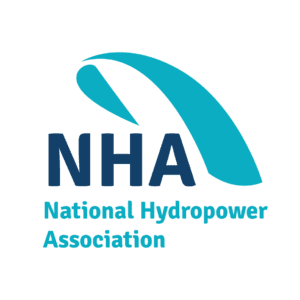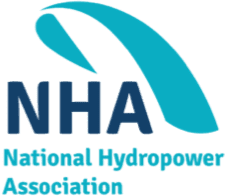
Marine Energy Industry Sets New Goal of 1GW of Deployments by 2035
Industry releases new report seeking commitment from federal government to accelerate commercialization
Washington, D.C. (April 14, 2021) – With marine energy on the cusp of significant growth, the National Hydropower Association today unveiled new industry deployment targets of 50 MW by 2025, 500 MW by 2030, and 1 GW by 2035. In a new report titled Commercialization Strategy for Marine Energy, the industry calls on the U.S. Federal Government to accelerate commercialization of marine energy technologies (wave, tidal, ocean current, ocean thermal, and riverine) by increasing financial support for research and development, reducing market barriers and creating financial incentives for technology deployment.
“Marine energy could be the missing link for meeting our nation’s clean energy goals and decarbonizing our electricity grid, which is why, as an industry, we are setting the bold and achievable deployment target of 1 GW by 2035,” said Malcolm Woolf, NHA President and CEO. “Today there are marine energy devices in the water that are proving the viability of the technology as a climate solution. A strong commitment from the federal government is needed to accelerate commercialization, as global competitors are benefiting from significantly higher government incentives dedicated towards research, innovation, and early commercial activities.”
The marine energy industry is releasing its commercialization report on the heels of the U.S. Department of Energy’s analysis, released in March, that identified the potential of marine energy resources in the U.S. Utilizing national and state level data, the report found that the total marine energy technical resource in the 50 states to be 2,300 TWh/yr or the equivalent to roughly 57% of 2019 U.S. electricity generation – enough to power 220 million U.S. homes.
“We believe that the marine energy industry is poised for gigawatt scale deployment in the United States,” said Woolf. “The surge in deployments of natural gas, wind and solar over the last decade happened after extensive federal support helped drive cost competitiveness. With a commitment from the federal government, marine energy can follow a similar trajectory, while also helping to make President Biden’s ambitious target of achieving 100 percent clean electricity by 2035 a reality. ”
The new report calls for federal support to increase funding to advance research and testing; create innovative incentives to facilitate rapid development and deployment; and establish a clear and predictable regulatory framework for testing and demonstration projects.
Throughout the country, marine energy developers are demonstrating the viability and potential of new power generation devices. For example, last October, Verdant Power deployed three of its fifth-generation turbines mounted on a single TriFrame™ in New York City’s East River – a tidal strait. To date, this one-half scale demonstration project has exceeded expectations and generated 170 MWh in the first 150 days of continuous operation, a record for marine energy production in the United States. Most importantly, the turbines performed at over 99% availability.
In Igiugig, Alaska, the Ocean Renewable Power Company (ORPC) has demonstrated its 40-kW RivGen® Power System in the Kvichak River. It operated throughout 2020 and proved its ability to survive the harsh Alaskan winters. A second RivGen® Power System is being prepared for deployment at Igiugig this summer.
OceanBased Perpetual Energy, in collaboration with the Southeast National Renewable Energy Center at Florida Atlantic University, recently completed an ocean current demonstration in the Gulf Stream. Other marine energy devices will soon be deployed in Hawaii at the Navy’s Wave Energy Testing Site (WETS), including C Power’s SeaRAY autonomous offshore power system (AOPS), and Oscilla Power’s TRITON WEC™. Additionally, CalWave Power Technologies (CalWave) will be deploying their XWave™ marine energy device in San Diego.
About NHA
The National Hydropower Association (NHA) is a nonprofit association dedicated exclusively to promoting the growth of clean, renewable hydropower and marine energy. On April 28-30, NHA will be hosting the virtual International Conference on Ocean Energy (ICOE) 2021, supported by the International Energy Agency (IEA) through Ocean Energy Systems (OES). Every two years, ICOE brings together international stakeholders, experts and exhibitors from the marine energy sectors (tidal, wave, ocean currents, ocean thermal gradients) to discuss device innovation, new market developments and regulatory frameworks to spur commercialization. This is the first time the United States has hosted this important international event. For more information on ICOE 2021 visit www.icoe2021.org.


